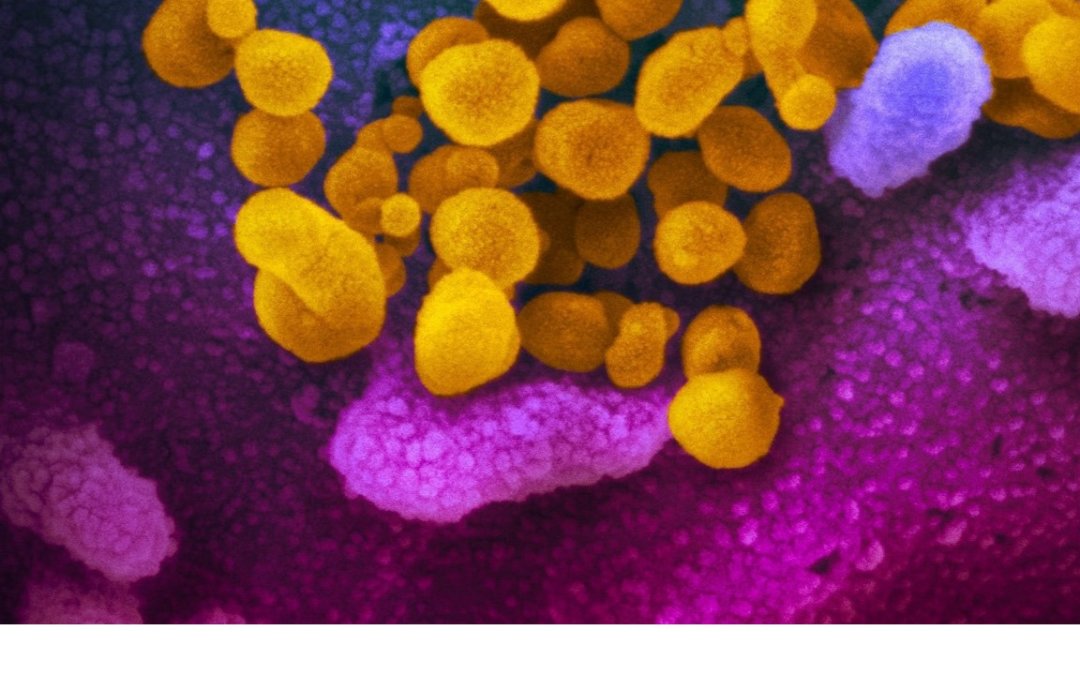June 22, 2022
In a recent article in News Medical Lifesciences, they have discussed a recent research paper published as an accepted manuscript in the Clinical Infectious Diseases journal in which the scientists analyzed the population immunity against pre-Omicron and Omicron severe acute respiratory syndrome coronavirus 2 (SARS‑CoV‑2) variants in the United States up until December 1, 2021.
Their study assessed the immunological exposure and effective immunity toward future SARS-CoV-2 infection for each US county and state from 2020 to 2021 and how these estimates changed after the Omicron variant emerged. The researchers used already modeled estimates of cumulative SARS-CoV-2 infections at both the county and state levels as well as documented information on initial and booster COVID-19 vaccination. Further, they calculated the joint distribution of past SARS-CoV-2 infection and vaccination using the survey data.
They then simulated daily COVID-19 infection and vaccination data using a Bayesian model. They then mention they obtained estimates of comparative vaccination rates conditional on status of infection to determine proportion of community with immunological exposure, effective immunity against COVID-19, and effective immunity against severe illness for each county and state during the time period, again using the Bayesian framework. I am unsure what they mean by a Bayesian framework since no further detail is provided. We checked their paper and it was hard to find out since they used an rstan package in the R language package, which does Bayesian analysis per Monte Carlo simulation so it is hard to know what the authors did.
In terms of their results, they found the effective immunity against COVID-19 from pre-Omicron variants was between 27.6% and 40.4%, lower than the proportion immunologically exposed, which was adjusted for the waning of community immunity. They then found that effective immunity toward the Omicron variant infection on December 1, 2021, was 21.8% nationwide, which ranged from 14.4% in West Virginia to 26.4% in Colorado, after they controlled for immune evasion and waning. They then stated that the Omicron variant’s introduction and takeover lowered effective immunity toward SARS-CoV-2 infection by about 26.2% to 37% among all US states. Finally, they stated that the effective immunity against severe COVID-19 associated with Omicron was 61.2% across the US, which ranged from 53% in Vermont to 65.8% in Colorado.
Essentially, the researchers had stated that by December 1, 2021, more than three-quarters of the US population had prior SARS-CoV-2 immunological exposure through either infection or vaccination. Also they found that 50% of the population exhibited effective immunity against infection from previously circulating SARS-CoV-2 variants, whereas just a fifth had effective immunity against Omicron variant infection. In terms of all their results, it is still very difficult to understand statistically what they had done to generate them other than using a pre-built function in a programming language to generate the results.
Written by,
Usha Govindarajulu
Keywords: COVID-19, Omicron, immunity, Bayesian
References
Alex, Shanet Susan (June 21, 2022) “Only 20% of Americans have effective protection against Omicron infection”. https://www.news-medical.net/news/20220621/Only-2025-of-Americans-have-effective-protection-against-Omicron-infection.aspx
Fayette Klaassen, Melanie H Chitwood, Ted Cohen, Virginia E Pitzer, Marcus Russi, Nicole A Swartwood, Joshua A Salomon, Nicolas A Menzies (2022) “Population immunity to pre-Omicron and Omicron SARS-CoV-2 variants in US states and counties through December 1, 2021”, Clinical Infectious Diseases, 2022, ciac438, DOI: https://doi.org/10.1093/cid/ciac438
https://d2jx2rerrg6sh3.cloudfront.net/image-handler/ts/20220621020112/ri/850/src/images/news/ImageForNews_717235_16557912695266654.jpg
